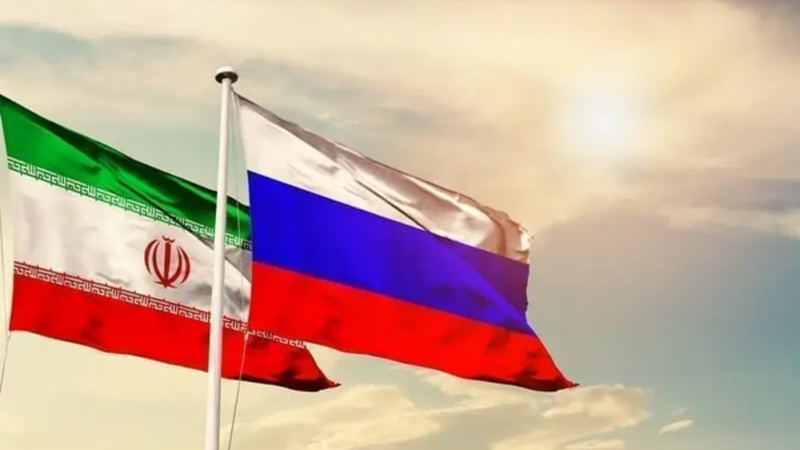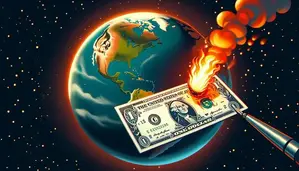Russia and Iran will sign a comprehensive defense deal defying the West and usher into a new era of strategic cooperation. The two countries plan to solidify their military relations and will settle the defense deal in local currencies and not the US dollar. The White House pressed sanctions on both Russia and Iran, and both countries are unable to use the US dollar. Both nations will depend on local currencies for cross-border transactions and further their security cooperation.
Also Read: De-Dollarization: 12 Countries Officially Abandon the US Dollar
The partnership indicates a changing landscape in the Middle East where Russia is extending friendly ties in the region. The paradigm shift in the geopolitical terrain makes Russia prime for partnerships with Middle Eastern nations. Most of the deals that Russia inks make local currencies the center of all transactions and not the US dollar. The development makes emerging economies gain through sanctions despite the West trying to suffocate their financial systems.
Also Read: Microsoft (MSFT) A Top Choice For AI Stock Investors in 2025
Russia and Iran Read to Sign Defense Deal in Local Currencies, Sideline the US Dollar

Iranian President Masoud Pezeshkian will visit Moscow, Russia, on January 17, 2025, to ink the defense deal. Russia and Iran have called the agreement a “comprehensive strategic partnership” as they hold talks in the Kremlin. Details of the bilateral trade will be made public on Friday and could be worth millions or billions of dollars. The US dollar could play no role in the deal as local currencies, the ruble and rial, will take centerstage.
Also Read: Chainlink: Whales Buy $20M in LINK as Market Recovery Has $38 in View
Apart from Russia and Iran, a handful of developing countries want to cut ties with the US dollar. Emerging economies aim to use local currencies for trade to strengthen their GDPs. The next decade could experience a boom in local currency trade settlements as de-dollarization could surge further. The US dollar will be the hardest hit as it might lose out on the supply and demand mechanism.






